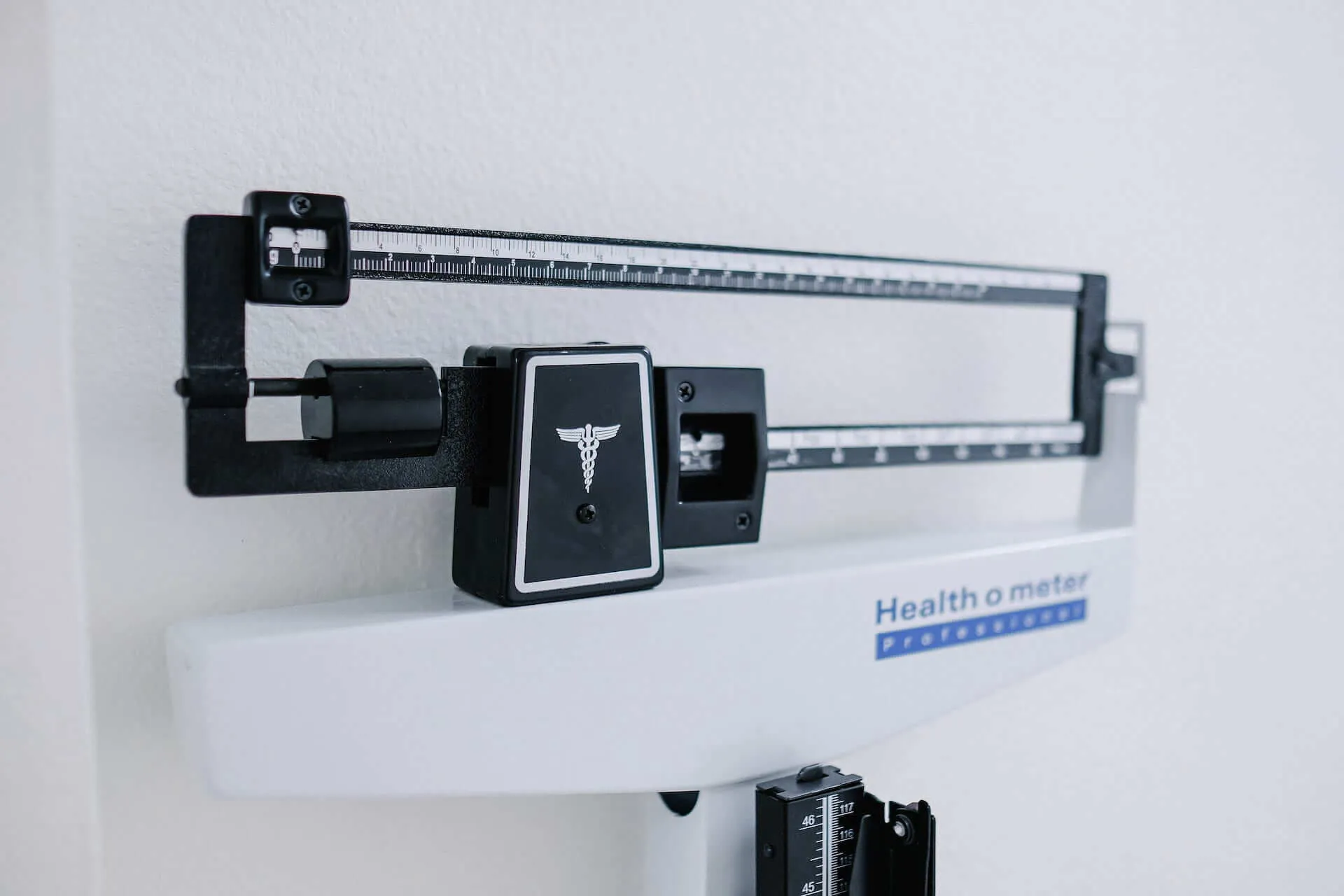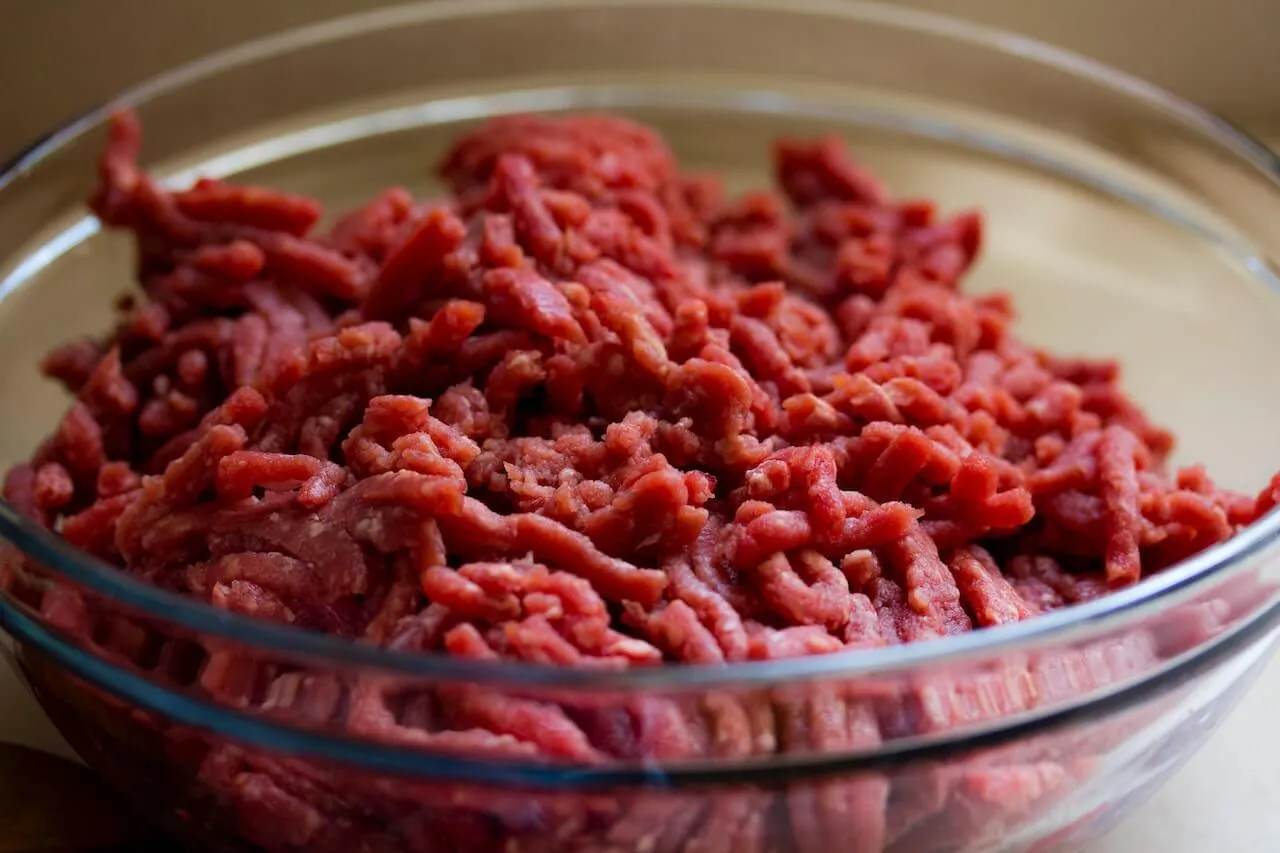Carbohydrates are an essential part of a nutritionally balanced diet, with current research suggesting healthy adults should consume between 200 and 300 grams per day.1 However, some eating plans suggest otherwise, like the Atkins and keto diets. Both Atkins and keto call for a significant reduction in carbohydrate intake to promote weight loss and other purported health benefits.
So, are these very low-carb diets the same diet disguised under different names? Not quite. Although many people confuse these popular eating plans, they actually present several differences. Together, we’ll break down the science of Atkins vs. keto, highlighting their similarities and differences and examining their purported roles in reaching your weight loss goals.
{{mid-cta}}
What Is the Atkins Diet and How Does It Work?
The Atkins diet first hit the scene in 1972 after it was introduced by a cardiologist named Dr. Robert Atkins. A few years prior, Dr. Atkins experienced substantial weight loss after experimenting with low-carb diets. His published book, Dr. Robert Atkins’ Diet Revolution, explained his findings on low-carbohydrate eating, triggering an ongoing debate within the medical community and giving his diet a business platform.
Its popularity as a weight loss diet has waxed and waned over the past 40 years, even going so far as rebranding its original diet to Atkins 20. But the principles of the diet have remained consistent: eat plenty of fat, some protein, and very few carbohydrates with the goal of burning body fat, not sugar, as your energy source.
So, how does the Atkins diet work? Is Atkins healthy? There’s no counting daily calories or limiting your fat intake, but you will need to count your carbs. Super carefully. The diet is broken down into four phases, using a tracking method called net carbs to monitor your carb intake. To calculate your net carbs, subtract the fiber grams from the total carbs.
The early phases are the most restrictive but gradually get easier to manage.
- Phase 1: During the first phase, you’re instructed to eat only 20-25 grams of net carbs daily. For reference, one medium apple contains over 25 net carbs.2 Acceptable foods during this phase include nuts, seeds, proteins, healthy fats, vegetables, and most cheeses. What is the goal of this severe carb restriction? To promote rapid weight loss.
- Phase 2: During phase 2, you’re allowed to eat between 25 and 50 grams of net carbs per day. You will likely still lose weight during these weeks, but not as quickly as in the induction phase. Foods allowed during this phase include those permitted in phase 1 and whole milk, Greek yogurt, ricotta cheese, legumes, and tomato juice.
- Phase 3: The third phase further liberates your carb restriction, allowing 50-80 grams of net carbs daily. Eat the same foods permitted in the first two phases and other fruits, starchy vegetables, and whole grains. You are to continue this phase until you reach your target weight.
- Phase 4: The final phase is also considered the lifetime maintenance phase. You are allowed 80-100 grams of net carbs per day. You can include all the same foods you ate in phase 3 while increasing your carb intake gradually.

While restricting your carbohydrate intake can help support your weight loss goals, it’s important to remember some precautions before implementing this diet. Although the fourth phase of the Atkins diet allows up to 100 grams of net carbs, that does not meet the recommended carbohydrate intake set by the current Dietary Guidelines for Americans.3
The guidelines recommend that 45 to 65% of your calories come from carb sources, which would be approximately 225 to 325 grams if consuming a 2,000-calorie diet plan. Monitor for unwanted side effects of inadequate carbohydrate intake, especially if you live with type 2 diabetes.
What Is a Keto Diet and How Does It Work?
Unlike the Atkins diet, broken into multiple stages, the ketogenic diet promotes one way of eating for the duration of the diet. The keto diet was initially developed as part of a treatment plan for children with epilepsy, but its purported benefits have since expanded to include weight loss support.4 As a high-fat, very low-carb diet, the keto diet aims to help your body reach a metabolic state of ketosis in which your body turns to ketones for fuel.
As your body breaks down the fat from your food sources or the fat stored in your body, ketones form. Popular keto resources suggest limiting your carb intake to 5 to 10% of your total daily calories. For a 2,000-calorie diet, this translates to 50 grams of carbohydrate max.
Some common foods in the keto diet include low-carb veggies, cheese, eggs, poultry, avocado, nuts, seeds, healthy oils, fish, and seafood. On the other hand, the keto diet generally advises against sugary drinks, bread, pasta, rice, and other refined carbs.
It’s important to remember that this restrictive diet may present some unwanted side effects. Falling short of your daily carbohydrate needs can cause a dangerous drop in your blood glucose levels and may lead to nutrient deficiencies. Also, remember that a high-fat diet can contribute to heart disease and other problematic health concerns.
What’s the Difference Between Keto and Atkins Diets?
Many people consider the Atkins and keto diets to be the same since they’re both low-carb diets that focus on weight loss. But is Atkins keto? Is keto Atkins? Not entirely; there are several key differences between them.
Let’s break down a few of the Atkins vs. keto diet differences:
- Carbohydrate Intake Levels
While both keto and Atkins restrict your carbohydrate intake, the keto diet is generally more restrictive as it also limits your protein intake to ensure that your body uses fat for its primary energy source. The Atkins diet severely restricts your carb intake initially. Still, it allows moderate protein intake and eventually relaxes the carbohydrate restrictions, allowing up to 100 grams of net carbs per day.
- Phases and Structure
The Atkins diet is broken down into four phases, requiring you to follow a structured path to weight loss. On the other hand, the keto diet requires you to follow one way of eating for the duration of the diet.
- Focus on Ketosis
Both the keto and Atkins diets can lead to a state of ketosis. However, only the first two stages of Atkins involve carbohydrate restrictions required to maintain ketosis. As you increase your carbs on the Atkin diet, it will kick your body out of ketosis. The keto diet, on the other hand, is based on carb restrictions that promote continuous ketosis.
- Long-term sustainability
Currently, research is lacking on the long-term viability of restrictive, low-carb diets. Some research even warns against it. From a registered dietitian’s perspective, reducing your carbohydrate intake so severely can lead to other health concerns.
Atkins and Keto Diet: Similarities
While the Atkins and keto diets present some glaring differences, it would be a stretch to say they’re completely different diets. The meal plans share some similarities:
- Low-Carb Approach
Both the Atkins and keto diets place a lot of pressure on one macronutrient in particular: carbs. Dieters are expected to severely minimize their carbohydrate intake, even going as low as 20 grams of net carbs daily.
- Weight Loss Potential
Over recent years, the Atkins and keto diets have primarily focused their marketing on weight loss support. As the body enters ketosis, it tends to burn fat very well. While there is a need for continued research, some studies show that ketosis can help manage obesity and other metabolic risk factors that can lead to type 2 diabetes.5
- Other Potential Health Benefits
These diets focus on whole foods, reducing your intake of processed foods that can work against your wellness. For example, low-carb diets can help reduce your triglyceride levels and increase HDL (good) cholesterol.6 Furthermore, they may also help regulate your blood sugar levels, with a recent study showing that low-carb diets can improve your blood glucose and hemoglobin A1c levels more than low-fat diets.7

Keto vs. Atkins: Which is Best for Weight Loss?
The Atkins and keto diets have long proven their effectiveness for short-lived weight loss. With such severe carbohydrate restrictions, it would be hard not to lose weight quickly. But which is faster, keto or Atkins? During the first phase of the Atkins diet, you’re only eating 20 to 25 grams of net carbs per day, so you’ll likely see rapid weight loss. Same with the keto diet; only 50 grams of carbs per day falls significantly short of the average person’s daily needs, which typically translates to losing weight quickly.
However, when it comes to successful long-term weight loss, sustainable practices are best. Unfortunately, restrictive diets like Atkins and keto can be unrealistic in the long term and may even result in undue mental stress and nutrient deficiencies. If reducing carbohydrate intake can help support your wellness goals, consider working with a registered dietitian nutritionist to determine your macro needs and design an individualized eating plan.
Always remember that proper healthcare is more than just weight management. Weight loss should never come at the cost of our mental or overall health. Our bodies are intricate machines made up of complex systems that work together. How we eat, exercise, sleep, and manage stress can all affect our weight, and the science of using CGMs for weight loss can help you understand that link.
Using a CGM with Signos: Real-Time Data, Backed by AI
Signos pairs a real-time glucose biosensor with AI trained on tens of millions of data points to deliver personalized, science-backed guidance. See exactly how your body responds, and take action.
Learn how it works. Ready to get started? Join now.
Topics discussed in this article:
References
- Holesh JE, Aslam S, Martin A. Physiology, Carbohydrates. [Updated 2023 May 12]. In: StatPearls [Internet]. Treasure Island (FL): StatPearls Publishing; 2023 Jan-. Available from: https://www.ncbi.nlm.nih.gov/books/NBK459280/
- Apple, Raw. FoodData Central. (2022, October 28). https://fdc.nal.usda.gov/fdc-app.html#/food-details/2344711/nutrients
- U.S. Department of Agriculture and U.S. Department of Health and Human Services. Dietary Guidelines for Americans, 2020-2025. 9th Edition. December 2020. Available at DietaryGuidelines.gov.
- Liu, H., Yang, Y., Wang, Y., Tang, H., Zhang, F., Zhang, Y., & Zhao, Y. (2018). Ketogenic diet for treatment of intractable epilepsy in adults: A meta-analysis of observational studies. Epilepsia open, 3(1), 9–17. https://doi.org/10.1002/epi4.12098
- Gibas, M., & Gibas, K. (2017, March 28). Induced and controlled dietary ketosis as a regulator of obesity and metabolic syndrome pathologies. Diabetes & Metabolic Syndrome: Clinical Research & Reviews. https://www.sciencedirect.com/science/article/abs/pii/S1871402116303137
- Harvey, C. J. D. C., Schofield, G. M., Zinn, C., Thornley, S. J., Crofts, C., & Merien, F. L. R. (2019). Low-carbohydrate diets differing in carbohydrate restriction improve cardiometabolic and anthropometric markers in healthy adults: A randomised clinical trial. PeerJ, 7, e6273. https://doi.org/10.7717/peerj.6273
- Wang, L. L., Wang, Q., Hong, Y., Ojo, O., Jiang, Q., Hou, Y. Y., Huang, Y. H., & Wang, X. H. (2018). The Effect of Low-Carbohydrate Diet on Glycemic Control in Patients with Type 2 Diabetes Mellitus. Nutrients, 10(6), 661. https://doi.org/10.3390/nu10060661
- Ehrhardt, N., & Al Zaghal, E. (2020). Continuous Glucose Monitoring As a Behavior Modification Tool. Clinical diabetes : a publication of the American Diabetes Association, 38(2), 126–131. https://doi.org/10.2337/cd19-0037




.svg)



.webp)

.webp)




.svg)
.svg)
.svg)
.svg)
.svg)
.svg)
.svg)
